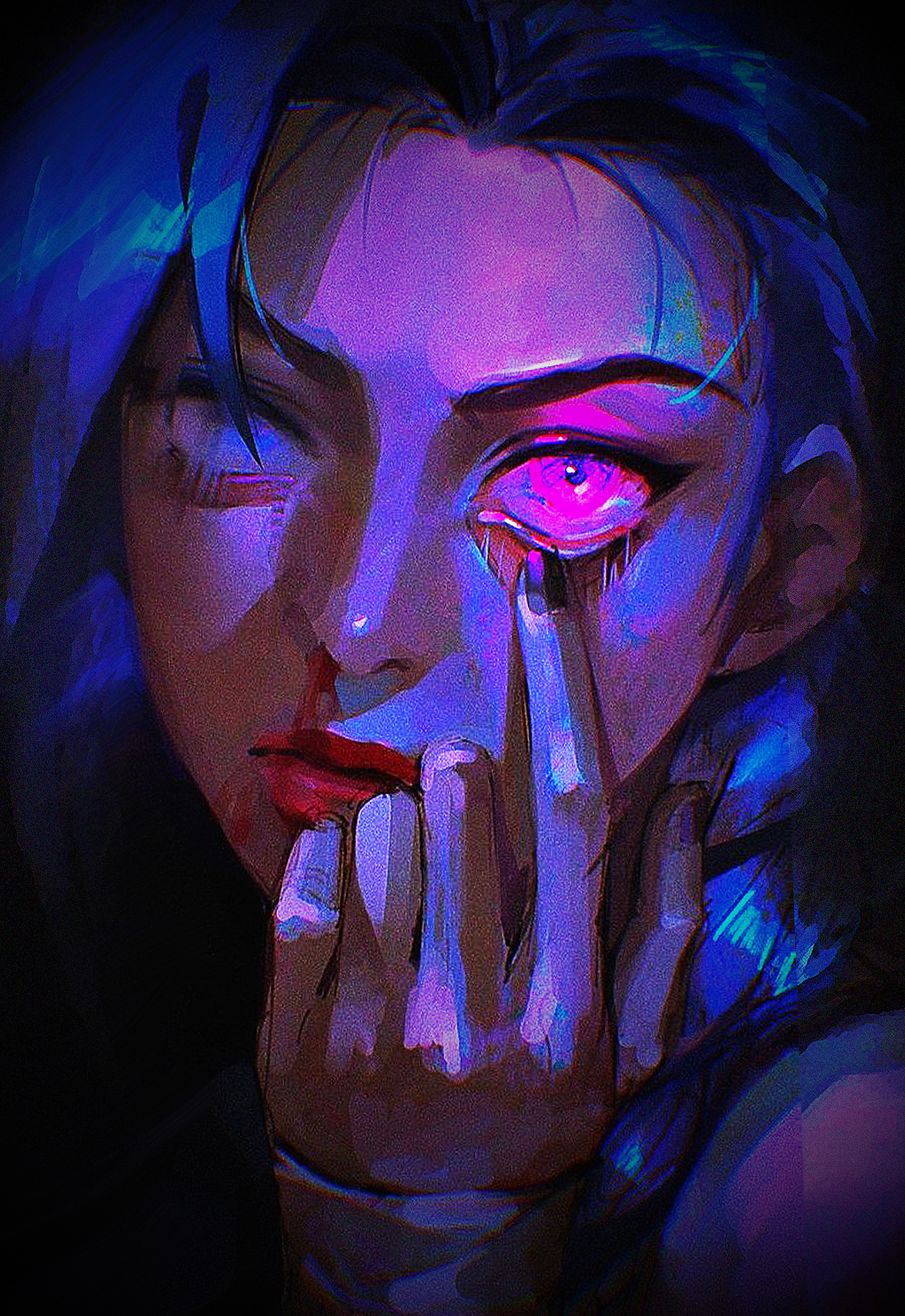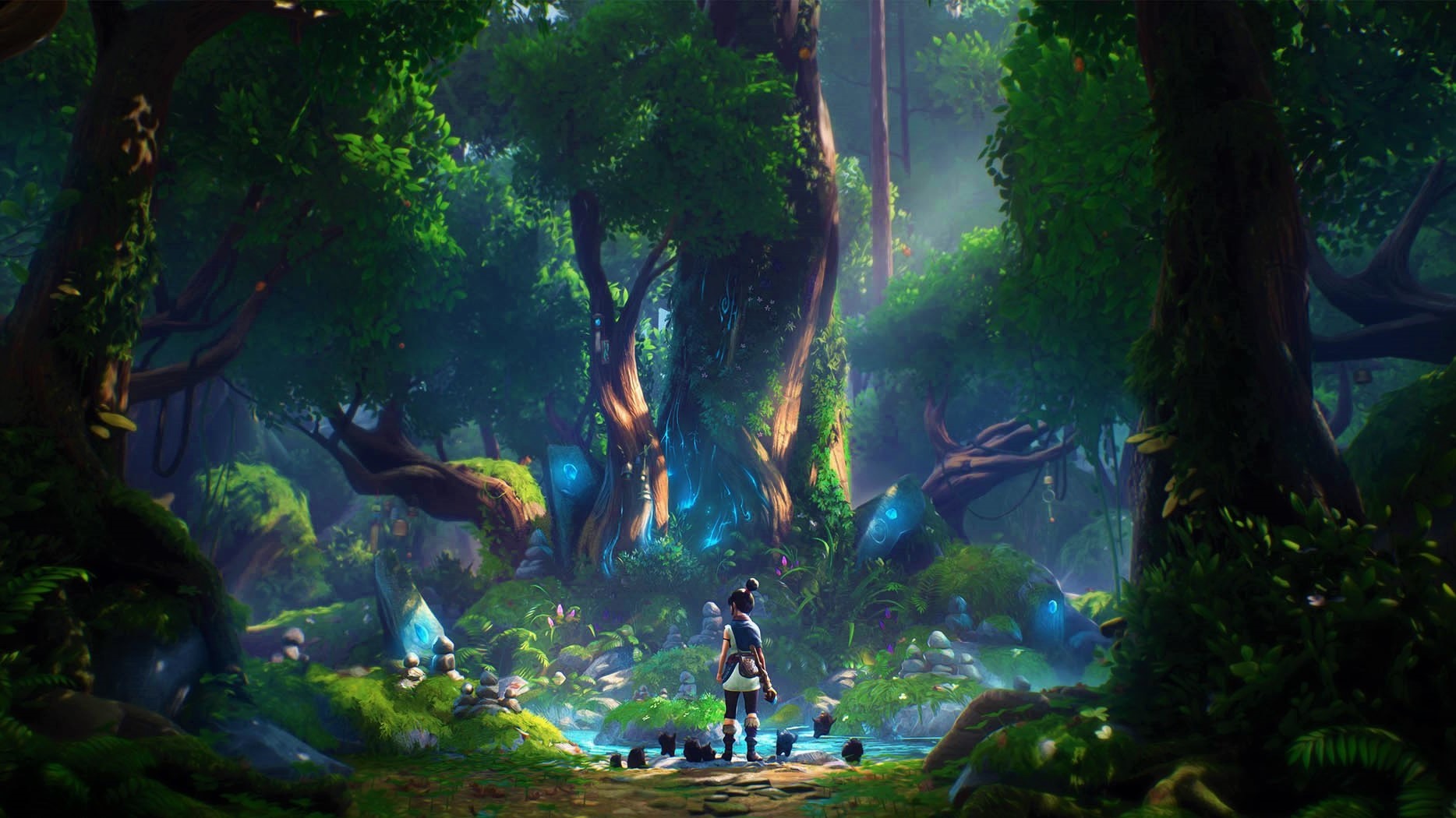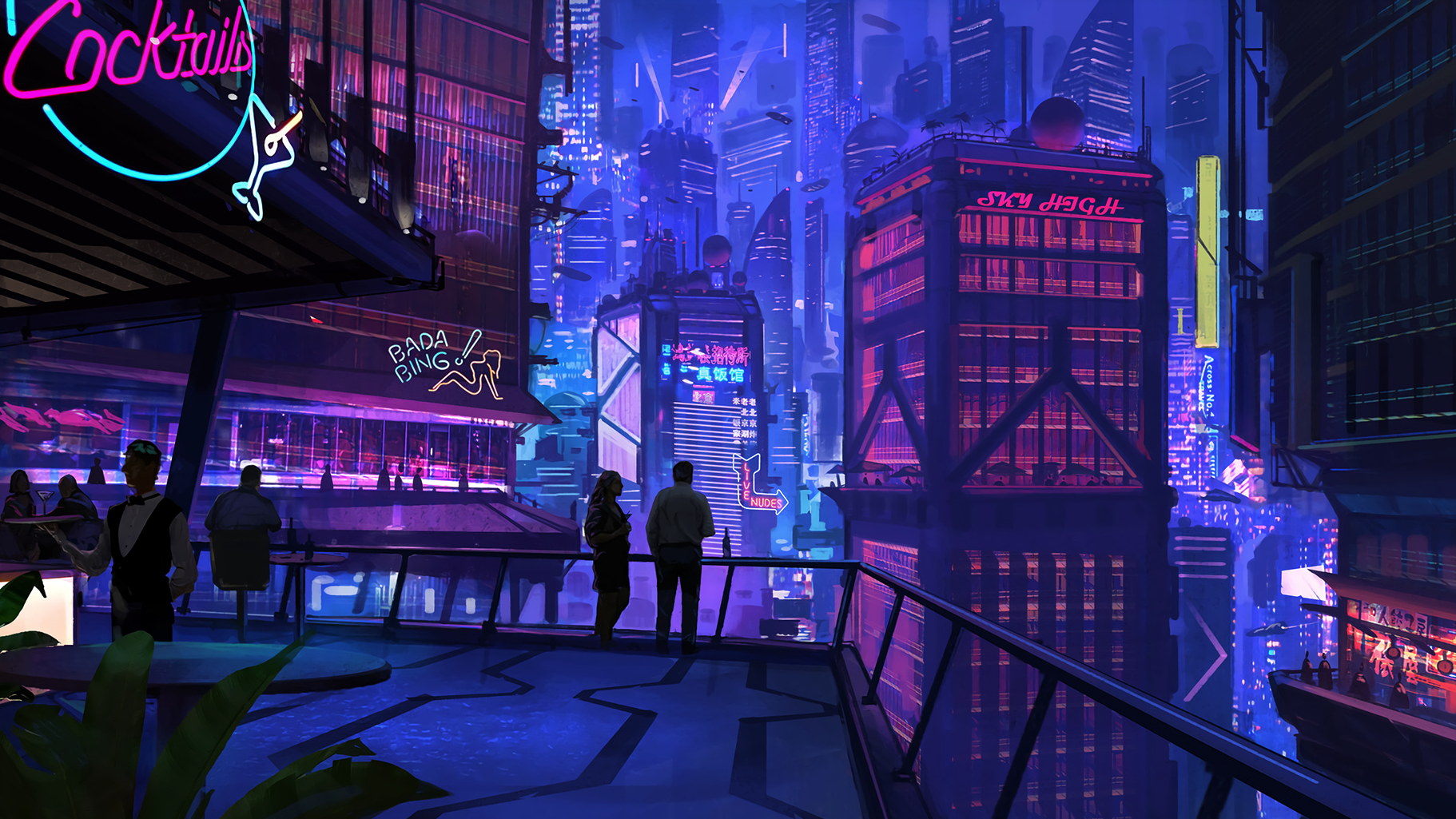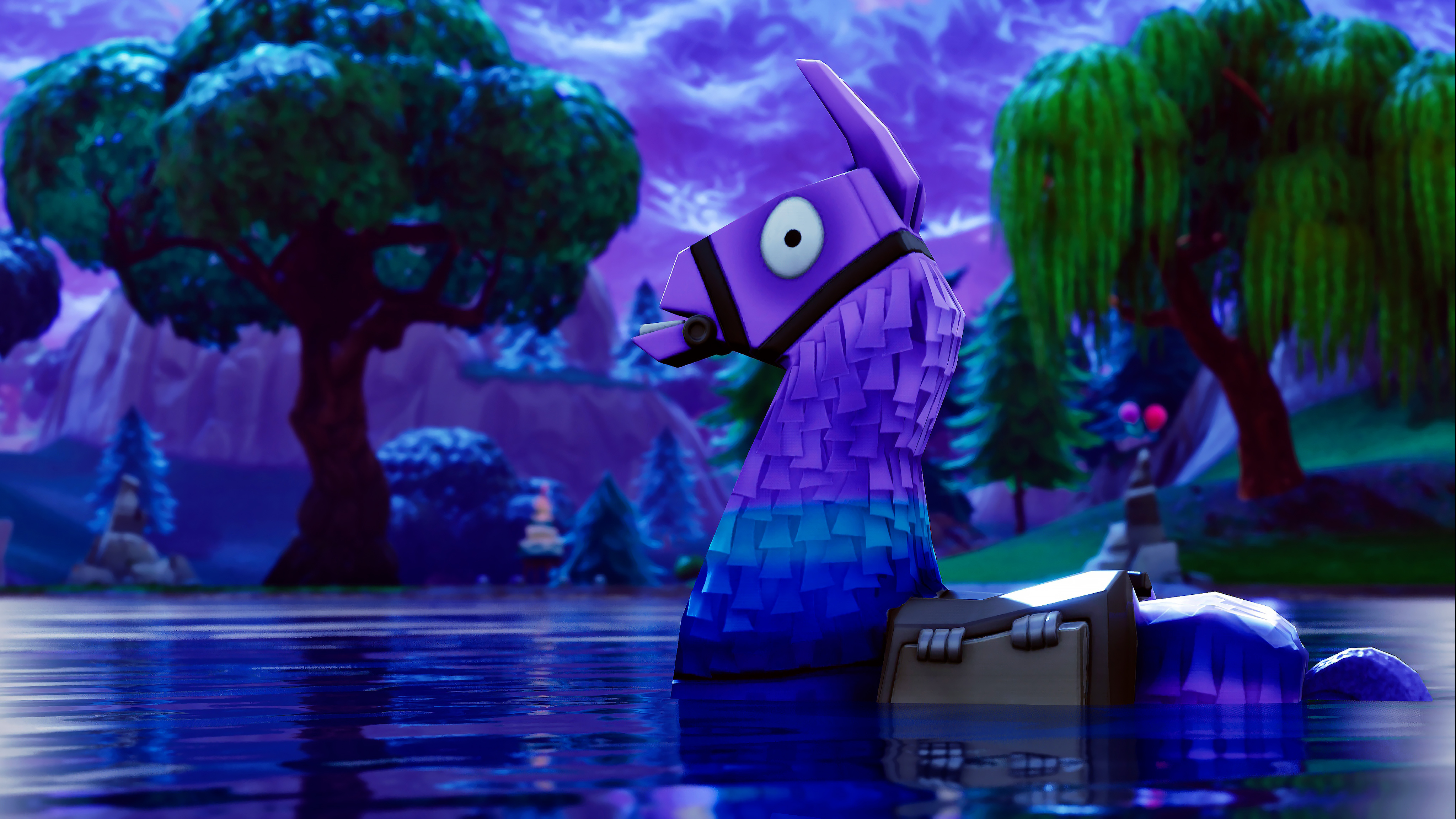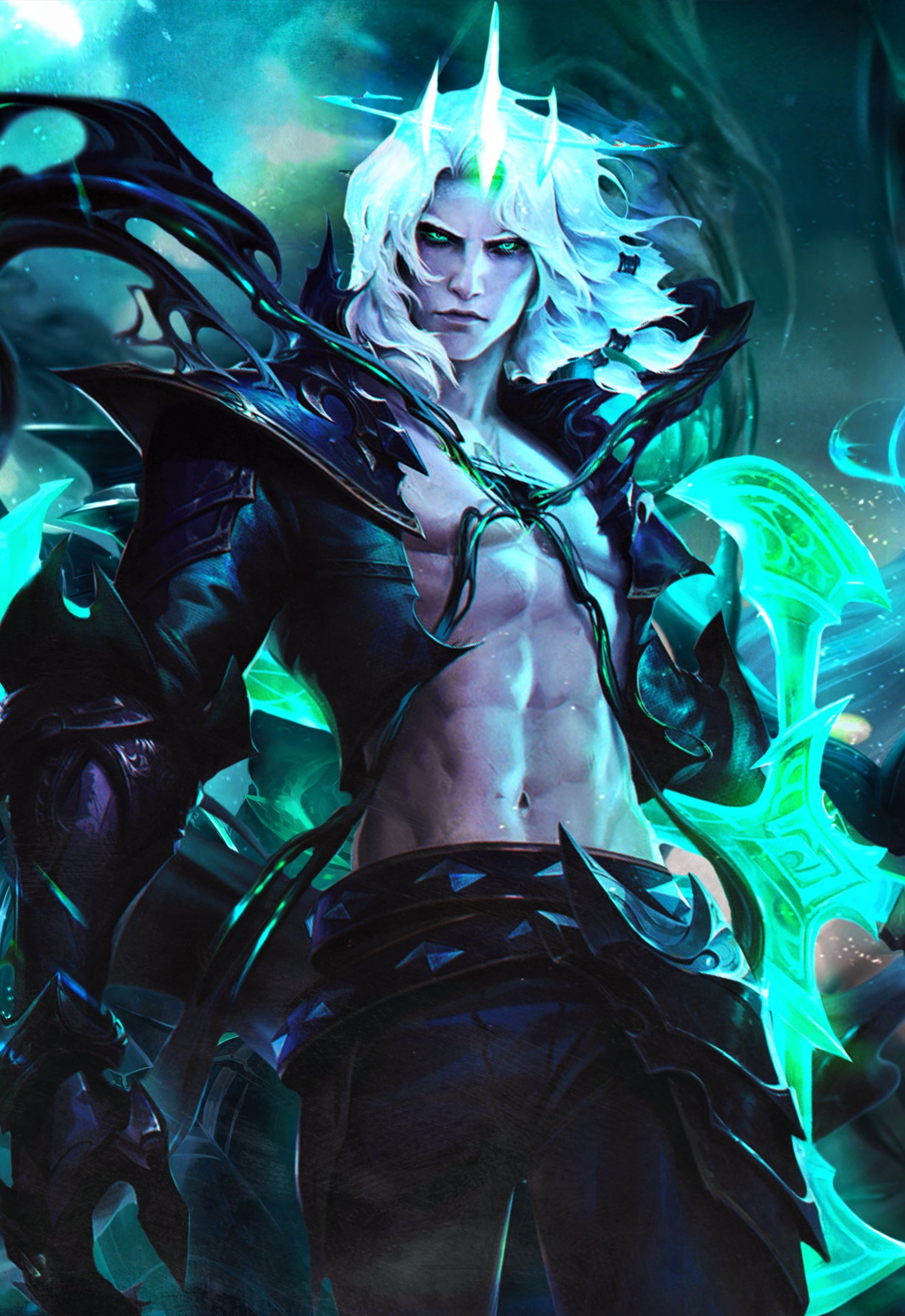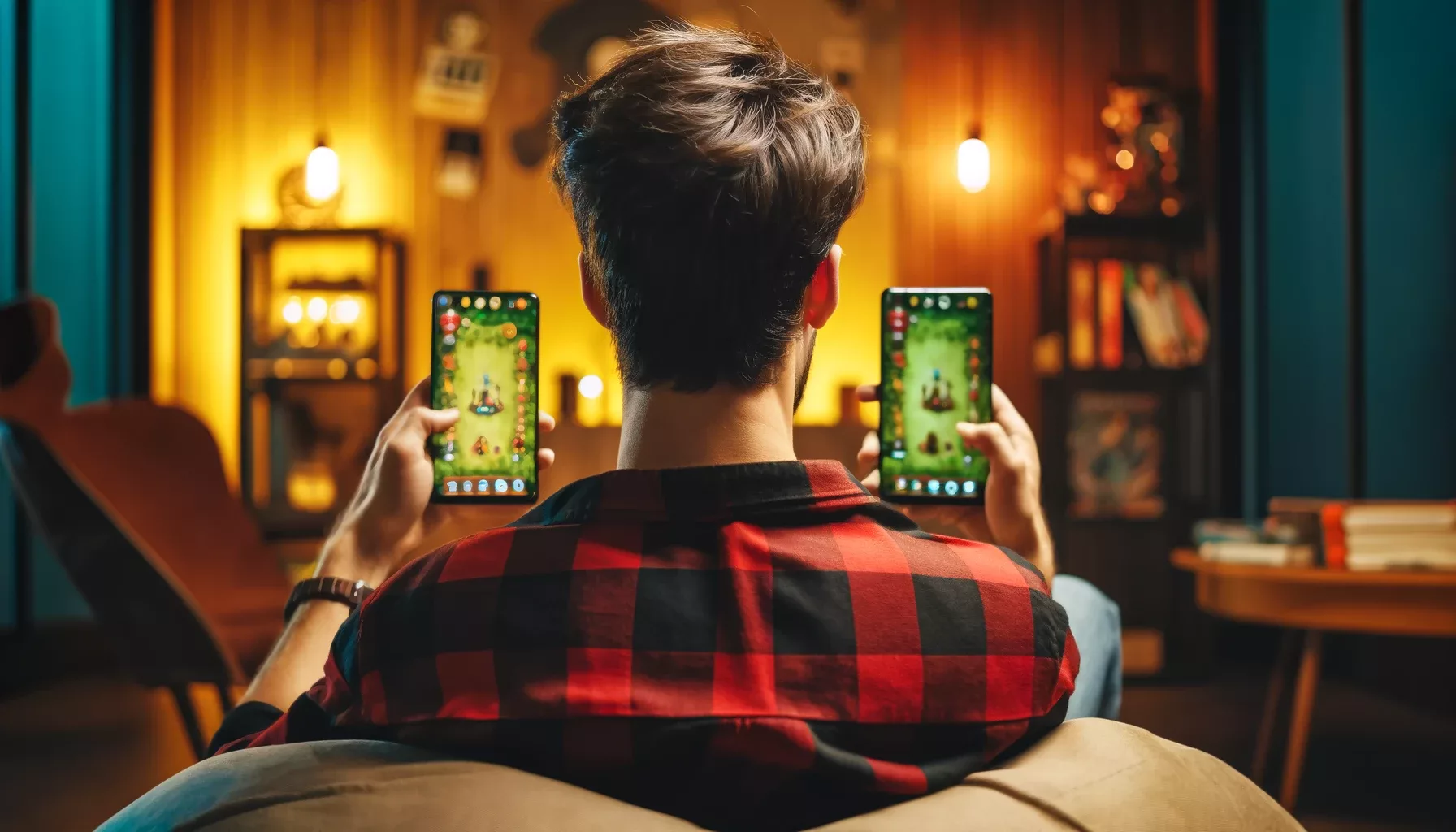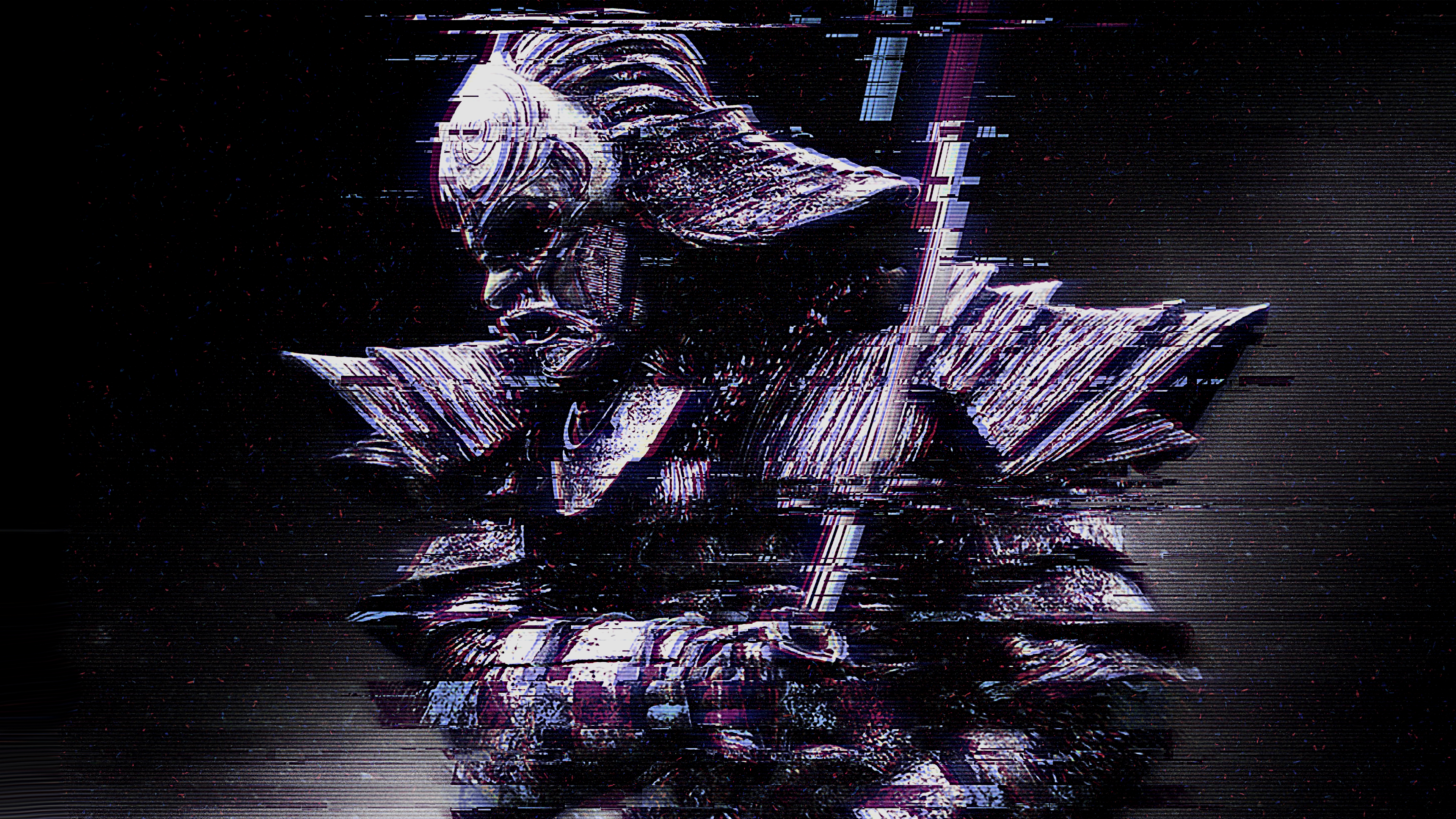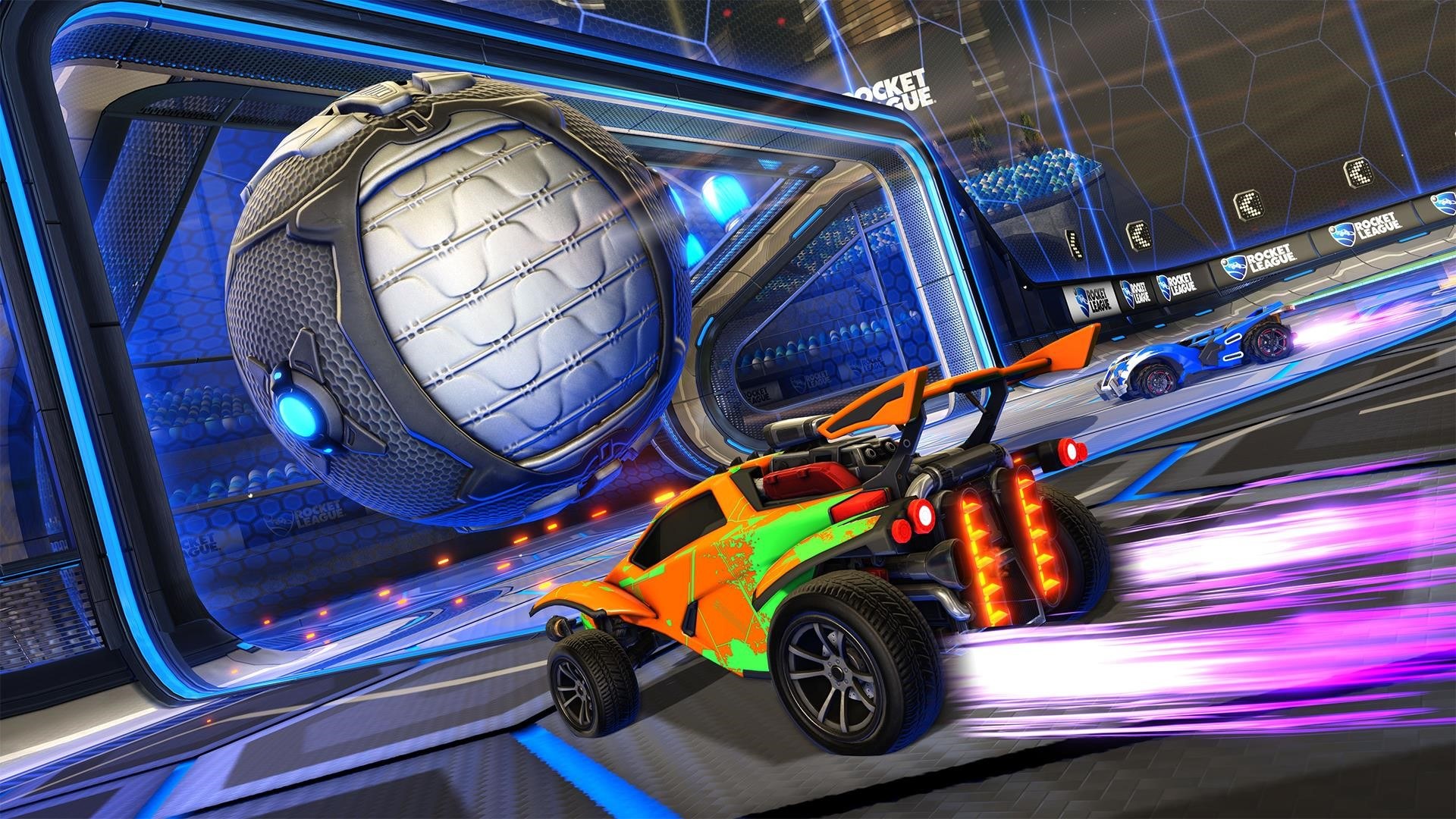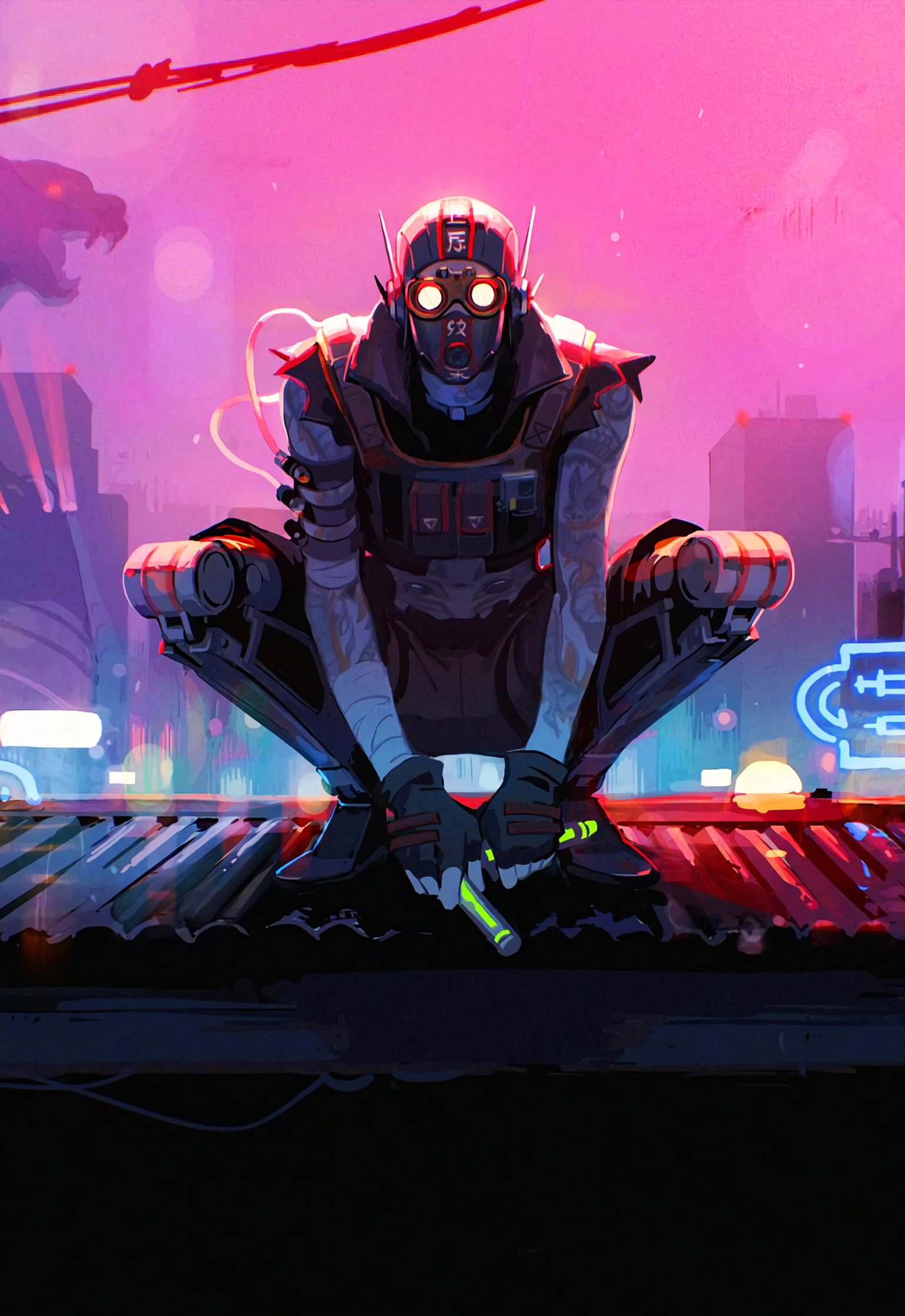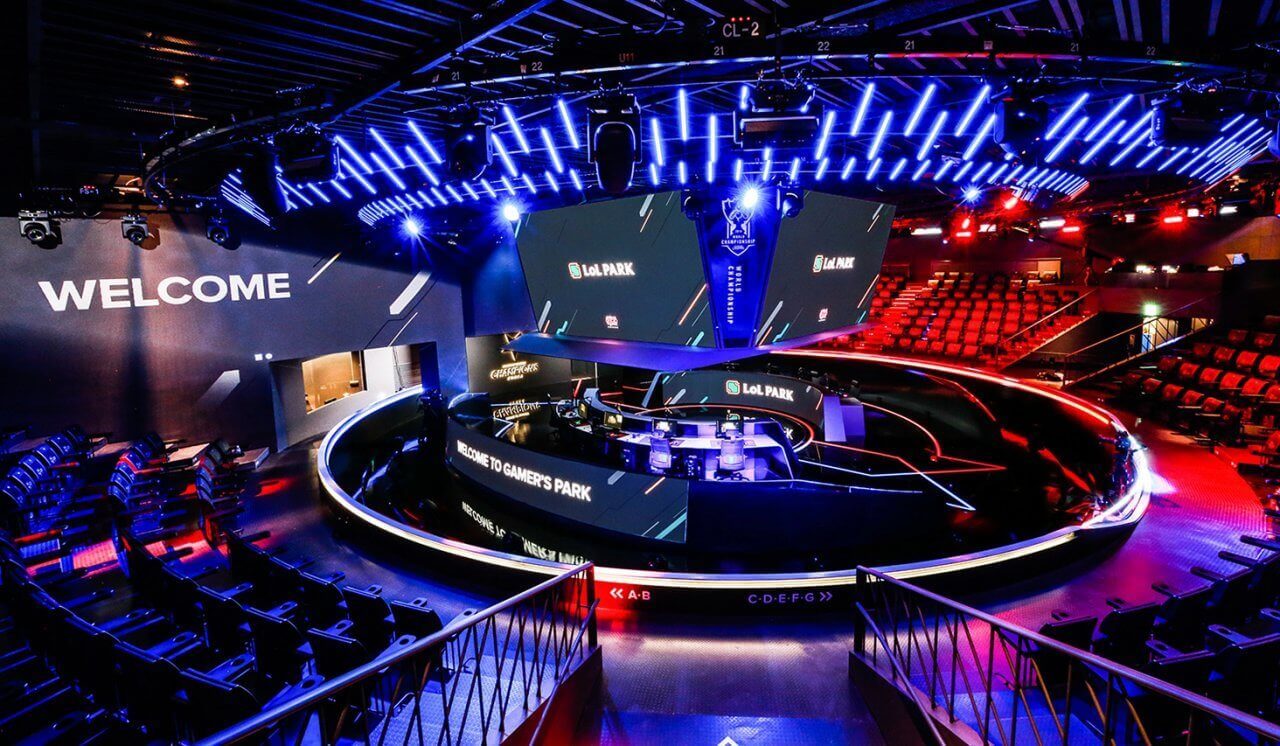
Gather round, gather round. It’s time for the first entry in a brand new EarlyGame series we like to call Captian Hindsight. It is precisely what you think it is: we’re going back in time and examining controversial parts of gaming, armed with all the information we couldn’t have before. Put your Hindsight goggles and strap in, because we’re going back to Ikoria’s spoiler season and ask ourselves: was Mutate really that bad?
What is Mutate?
Mutate is a keyword introduced in Ikoria: Lair of Behemoths. In short, this ability allows you to combine multiple non-Human creatures (only one of which needs to have the Mutate keyword) into one giant monstrosity using the base name and stats of one creature and all the abilities of the creatures in the pile. This is done by stacking the cards on top of one another to create a larger creature on the battlefield - not unlike the Melding or Augmenting mechanics we’ve seen in the past.
For an in-depth explanation of Mutate and a list of exceptions and weird stuff, take a look at our dedicated article!
Announcement and Reaction
Mutate - or rather, a creature-making mechanic - was something we were anticipating even before we knew anything about Ikoria save for the name. But when the mechanic was officially announced, seemingly all hell broke loose.
“This isn’t Magic, this is Yu-Gi-Oh!” some cried, “You are making the game too complicated for newcomers” other yelled. It was chaos!
And indeed, many players, especially newbies, were googling “Mutate MTG”, looking for explanations to the rules and answers to questions like “what if I flicker a Mutated creature… or worse, what if I Transform it?” Luckily, your friendly local EarlyGame.com had the answers to those questions.
One thing can’t be denied: people were intimidated by the mechanic and felt insecure about its implant on the game - both in terms of deckbuilding and gameplay. Was this going to bust Limited and turn away people from the game? Is this a heavy push by Wizards to make the game more complicated and cater to the Spikes? We were about to find out very soon.

The Development
At long last, Ikoria dropped with all of its 34 scary cards featuring the Mutate keyword and… nothing happened, really. People got it and played with it just fine, and no high-profile decks really relied on Mutation.
Why was that?
Well, for a multitude of reasons, really.
First off, the mechanic wasn’t at all complicated to grasp - you put a thing on top, stack a thing or two below it, and that’s about it. Usually, Mutating a creature would give you an extra Trample keyword or fetch you a land from the deck or something. It definitely wasn’t the apocalyptic noob-destroyer that many expected it to be.
Second, Ikoria was released in the middle of the COVID-19 panic and most people never went to their local card shops to play Magic physically. Instead, most of us remained home and enjoyed Ikoria’s Limited inside MTG Arena, where Mutate was programmed to take care of itself and was represented on-screen with a rather convenient and well-designed user interface.
Third, Mutate simply wasn’t that good for Constructed. Taking a look at all of the best decks at the time showed little to no mutation going on, and that’s because of the elephant in the room…
Lastly, the real reason nobody cared about Mutate all that much was another Ikoria mechanic that really shook up the game to its core - Companion. Companion was so busted, that a certain card got banned in Commander as soon as it was spoiled - technically, made illegal before it was even out. The entire rule for Companion was later changed because a few cards completely took over Standard, and people got sick of it real fast. And to think that Mutate was supposed to be the hype mechanic of the set...
The Conclusion
Before we finish our analysis, let us go on a quick tangent and talk about the art direction of Magic for a second. You’ll see why in just a minute.
Take a look at this guy:
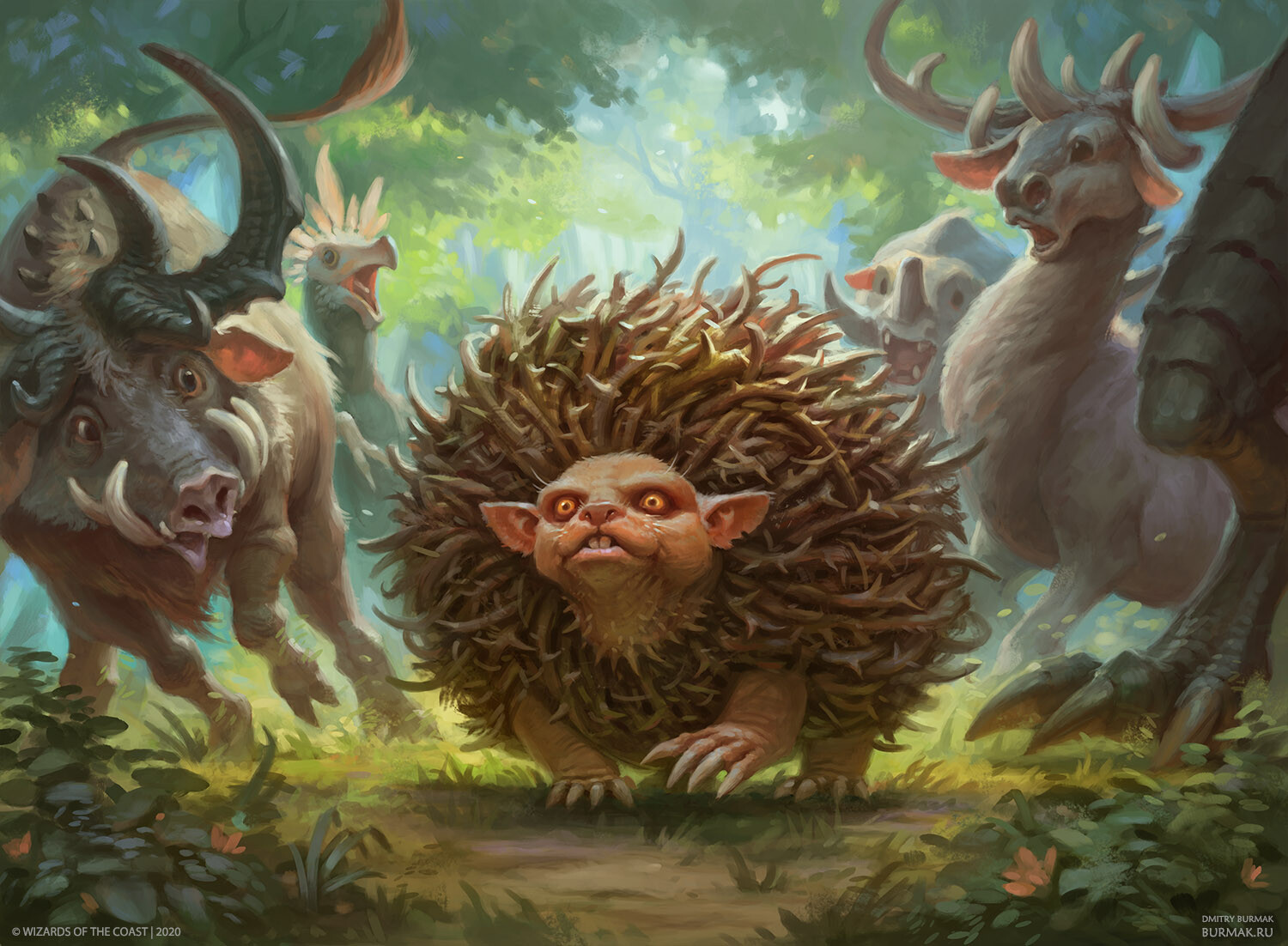
Not that long ago, Wizards made something really cool and published a bunch of artwork guidelines that their artists were provided with while working on Ikoria creatures. One of those monsters was the Almighty Brushwagg - a weak Green creature with Trample that could be pumped to get a +3/+3 until end of turn. It didn’t even have the Mutate keyword but was a prime target to be mutated with something that does and provide that sweet Trample effect. But we are here to talk about art. The guide to the artist reads:
Setting: IkoriaColor: Green creatureLocation: Any wilderness or woodland areaIntent: A "brushwagg" is an odd little creature from Magic lore (see reference, but note this is a very old depiction of this creature). It's able to grow huge and mighty but spends most of its time as small as a hedgehog. We want a scene that shows the creature's reputation by showing much bigger monsters fearfully getting out of its way.Action: Give us a cool update to Magic's classic Brushwagg, a small but tough hedgehog-like thing with spiny brambles around its body. It's walking through the woods like it owns the place, and in the background, we can see big monsters cowering or standing aside to give it a wide berth (for the big monsters, take inspiration from Dinosaurs and Beasts).Focus: The BrushwaggMood: Little man comin' through. What's the Brushwagg equivalent of walking with your chest thrust out?
Artist Dimitry Burmak did wonders with this painting. He perfectly captured a woodland scene in which a small but over-confident critter is making his way through a herd of much bigger, but intimidated - even terrified - creatures. What an attitude!
Isn’t this the perfect metaphor for Mutate? An overhyped, controversial and feared mechanic, once thought to bring forth the end of Magic as we know it, turning out to be just a 1/1 with Trample for 1. It’s almost poetic.
And that’s why Magic is such a great game. See you in the next one!
For more MTG analysis and contemplation, stay tuned to EarlyGame.com!
